It empowers riders, ensures fair earnings for drivers, and boosts customer loyalty. Dive into the SpotnRides blog and uncover a game-changing strategy for your startup.
Learn more: https://www.spotnrides.com...
#TaxiBusiness #taxiapp #indriveclone #biddingfeatures #SpotnRides #indrivecloneapp #indriveclonescript #ridehailingbusiness #OnDemandTaxi #farebiddingmodel #taxientrepreneurs #MobilitySolutions #TaxiSoftware #localtaxi #cityrides #intercityrides #taxibookingapp

Unlock Best Taxi Venture Via Indrive Clone’s Bidding Concept
The inDrive clone app’s bidding concept is driving taxi firms towards success and SpotnRides is an add-on advantage to launch your app.
https://www.spotnrides.com/blog/explore-the-next-generation-of-taxi-business-with-bidding-concept-of-indrive-clone-script/It empowers riders, ensures fair earnings for drivers, and boosts customer loyalty. Dive into the SpotnRides blog and uncover a game-changing strategy for your startup.
Learn more: https://www.spotnrides.com...
#TaxiBusiness #taxiapp #indriveclone #biddingfeatures #SpotnRides #indrivecloneapp #indriveclonescript #ridehailingbusiness #OnDemandTaxi #farebiddingmodel #taxientrepreneurs #MobilitySolutions #TaxiSoftware #localtaxi #cityrides #intercityrides #taxibookingapp

Unlock Best Taxi Venture Via Indrive Clone’s Bidding Concept
The inDrive clone app’s bidding concept is driving taxi firms towards success and SpotnRides is an add-on advantage to launch your app.
https://www.spotnrides.com/blog/explore-the-next-generation-of-taxi-business-with-bidding-concept-of-indrive-clone-script/Blog: https://www.spotnrides.com...
WhatsApp: https://wa.me/919600695595
#buildacorporatetaxidispatchsoftware #developtaxidispatchsoftwareforcorporateriders #uberliketaxidispatchsoftwaredevelopment #uberclone #taxidispatchsoftware #whitelabeltaxidispatchsolutionfortransportindustry #taxidispatchsystem

Why SpotnRides to Choose for Taxi-Dispatch Software Development? - SpotnRides - AI Powered Taxi Booking App
Investment in the right business model is the viable option for the entrepreneurs to get essential familiarity and the revenue quickly in the on-demand scenarios. Already the chances to launch a taxi dispatch service are high in the new-norm scenarios. The impact of the white label taxi dispatch sol..
https://www.spotnrides.com/blog/why-spotnrides-to-choose-for-taxi-dispatch-software-development/Now’s the best time!
🎄 Christmas & New Year Sale: 60% OFF + Extra 5% for New Buyers ✨
Start your business today! 🚀
Visit- https://sangvish.com/urban...
#urbanclapclone #HomeServicesApp #SuperApp #Sangvish #ChristmasSale #NewYearSale #seo #usa #uk #online #Buy #best #Canada

UrbanClap Clone - Build On Demand Service Marketplace
UrbanClap Clone is a one-stop solution to build and launch your own on-demand home service marketplace like UrbanClap.
https://sangvish.com/urbanclap-clone/Want to build a Play to Earn game that grows fast and delivers real value?
We develop secure, scalable, and reward driven P2E games with smooth gameplay, strong token models, and complete Web3 integration.
Our team focuses on delivering a complete P2E ecosystem token integration, NFT assets, balanced earning models, and player centric game design so your project can attract users, expand quickly, and sustain real digital value.
Free consultation: https://www.beleaftechnolo...
WhatsApp: +917904323274
Email: businessbeleaftechnologies.com
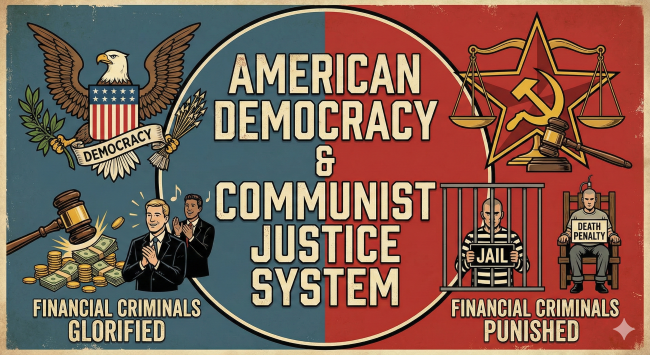
Elite Impunity in America: How Political Protection Networks Are...
For generations, the United States has defined itself as a nation of laws rather than men—a place where even the powerful could, at least in theory, be held accountable for wrongdoing. Yet in recent years, that foundational ideal has eroded so dramatically that many Americans no longer...
https://ubuntusafa.com/posts/422932
Are America’s Checks and Balances Still Working—When It...
In theory, the United States has one of the most sophisticated systems on earth for preventing financial corruption: an independent Congress, a powerful judiciary, a free press, and multiple oversight agencies. On paper, this should make large-scale financial wrongdoing almost impossible to...
https://ubuntusafa.com/posts/422931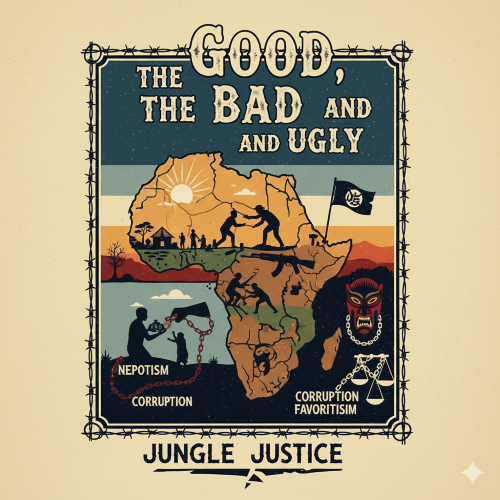
Is Congo’s suffering being ignored because its minerals...
The suffering in the Democratic Republic of Congo (DRC) is widely believed to be deliberately overlooked and effectively ignored because its immense mineral wealth—particularly those minerals critical to the global green energy transition and high-tech industries—benefits powerful...
https://ubuntusafa.com/posts/422930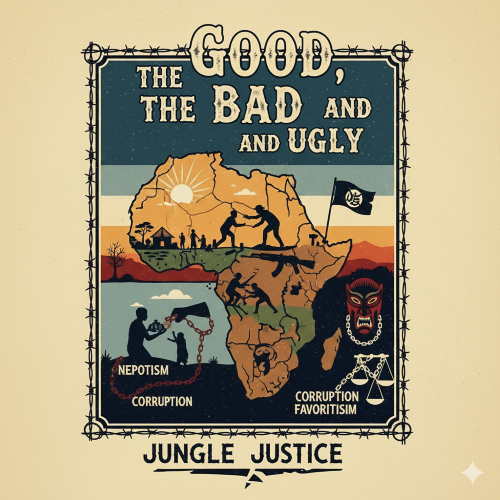
Why are powerful armed groups allowed to operate across...
The impunity enjoyed by powerful armed groups operating across the Democratic Republic of Congo's (DRC) borders is not due to a single failure, but rather a catastrophic convergence of state collapse, proxy warfare funded by mineral wealth, and institutional paralysis at the regional and...
https://ubuntusafa.com/posts/422928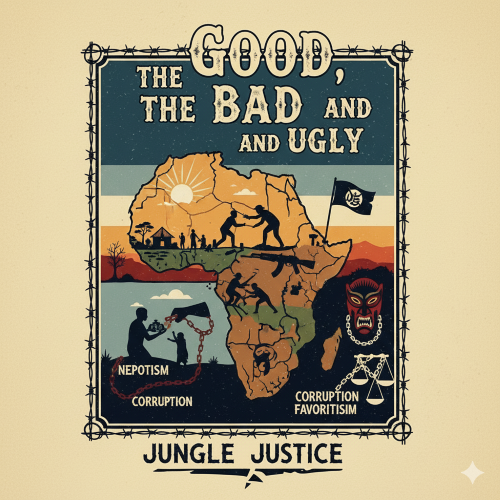
How long will the AU watch silently while Khartoum, Darfur, and...
The question of how long the African Union (AU) will
https://ubuntusafa.com/posts/422926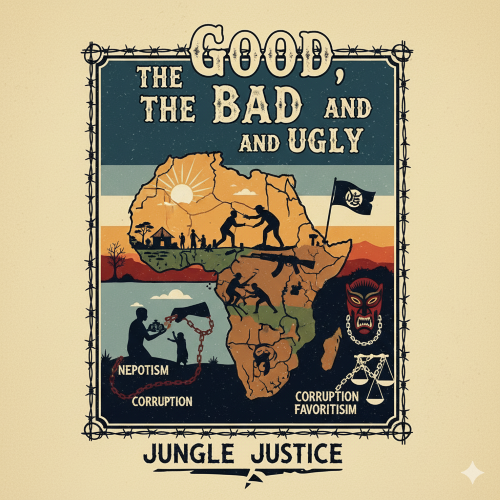
Is Sudan being sacrificed on the altar of global geopolitics, where...
The tragic reality is that Sudan is being sacrificed on the altar of global and regional geopolitics, where powerful nations are supporting the warring factions—the Sudanese Armed Forces (SAF) and the Rapid Support Forces (RSF)—in a classic proxy conflict for strategic influence,...
https://ubuntusafa.com/posts/422925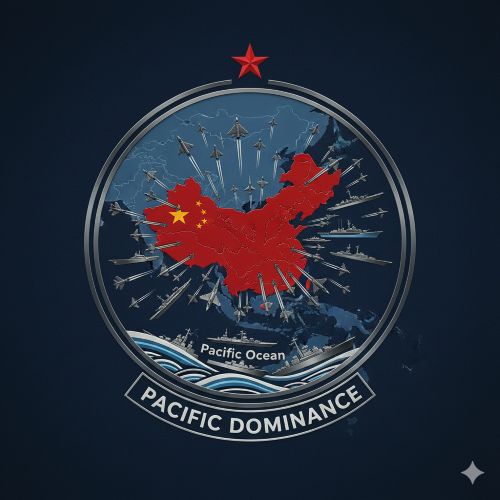
Has China Mastered the Use of Economic Blackmail—Tourism...
In Asia’s modern geopolitics, China has developed a powerful weapon far more subtle than missiles or warships—economic blackmail. Rather than launching military conflicts, Beijing often relies on tools such as tourism bans, import and export restrictions, punitive trade measures, rare...
https://ubuntusafa.com/posts/422924
Does China bear legal responsibility for allegedly delaying...
Does China Bear Legal Responsibility for Delaying Notification to WHO During COVID-19?- The COVID-19 pandemic, which emerged in Wuhan, China, in late 2019, quickly became one of the most catastrophic public health crises in modern history. Millions of lives were lost, global economies...
https://ubuntusafa.com/posts/422923
Why Were Wuhan Whistleblowers Punished — and Could This...
The COVID-19 pandemic, which emerged in Wuhan, China, in late 2019, became the deadliest health crisis in a century, claiming millions of lives and causing trillions in economic damage worldwide. Early on, a small group of doctors and scientists in Wuhan recognized the threat of a new virus and...
https://ubuntusafa.com/posts/422922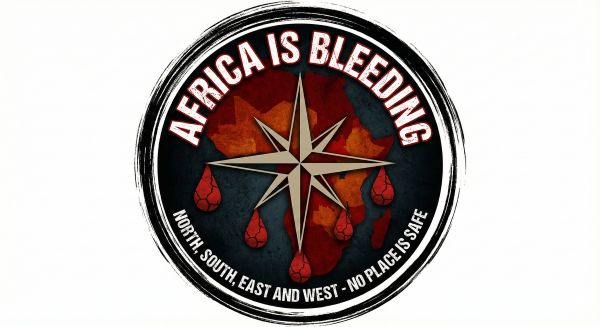
The Psychology of Silence: Why People Fear Speaking Truth to Power
Throughout history, individuals and communities have often stayed silent in the face of injustice, corruption, or abuse. From oppressive regimes to corporate hierarchies and local power structures, speaking truth to power can feel perilous, even impossible. Yet this silence has profound...
https://ubuntusafa.com/posts/422920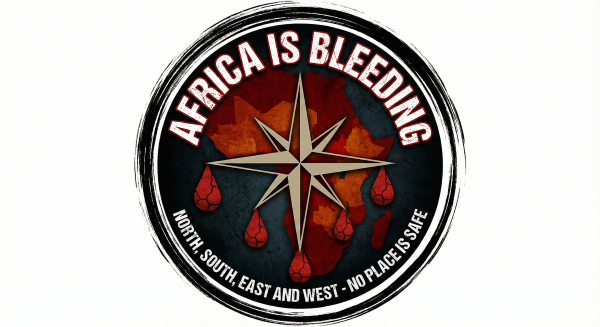
Why African Societies "Must" Heal from Trauma —...
Africa’s history is rich, diverse, and complex, but it is also marked by profound trauma. From the scars of colonial exploitation to the wounds of political mismanagement and communal conflict, African societies carry collective memories that continue to shape their present. These layers...
https://ubuntusafa.com/posts/422919
What role does tribalism play in perpetuating poverty in certain...
The Role of Tribalism in Perpetuating Poverty in Certain Regions While Others Prosper- Tribalism — the prioritization of one’s ethnic group in political, economic, and social spheres — has had a profound and lasting impact on the development trajectories of African...
https://ubuntusafa.com/posts/422916Step into the fast-growing creator economy with a fully customizable, feature-rich OnlyFans Clone solution by OyeLabs.
Build your own branded platform where creators can monetize through subscriptions, PPV content, tips, live streaming, and more without starting from scratch.
https://oyelabs.com/onlyfa...
#onlyfansclone #CreatorPlatform #SubscriptionApp #ContentMonetization #oyelabs

OnlyFans Clone | Launch OnlyFans-Style Creator Marketplace
Launch your creator-friendly content subscription platform with our OnlyFans clone script. Modern UI, 100% customizable script loaded with latest features.
https://oyelabs.com/onlyfans-clone/Want to launch a ride-hailing platform with flexible pricing, easy driver-rider matching, and full control?
OyeLabs’ InDriver Clone App Development offers a complete, customizable solution for entrepreneurs and startups in the mobility space.
https://oyelabs.com/indriv...
#RideSharingApp #InDriverClone #MobilityStartup #OnDemandTransport #oyelabs

InDriver Clone App | Customizable Taxi Booking App Script
InDriver clone is a ready-to-launch taxi booking and delivery solution with the fare bidding feature to start your own business in just 3 days.
https://oyelabs.com/indriver-clone-app-development/Want to build a fast, efficient courier and delivery service under your own brand?
OyeLabs’ Uber-Delivery Clone offers a powerful, ready-to-go solution to connect senders, couriers, and receivers — ideal for packages, grocery deliveries, small businesses, and more.
https://oyelabs.com/uber-d...
#DeliveryApp #UberDeliveryClone #OnDemandLogistics #CourierApp #oyelabs
Looking to dive into the booming food delivery market?
OyeLabs’ UberEats Clone helps you build a custom, ready-to-go food delivery app that connects restaurants, delivery partners, and customers all under your brand name.
https://oyelabs.com/uberea...
#fooddeliveryapp #ubereatsclone #FoodTechStartup #OnDemandDelivery #oyelabs

UberEats Clone App | Launch Online Food Delivery App
Get powerful UberEats Clone App solution with modern features, secure payments, and scalability for your on-demand food business.
https://oyelabs.com/ubereats-clone/Build a strong business with our ready-to-use Gojek clone app. Designed for startups and enterprises with advanced automation, secure architecture, and unmatched customization options. Visit our website for more information: https://whitelabelfox.com/...
#gojekclone #gojekcloneapp #gojekcloneappdevelopment #applikegojek #gojekappclone #gojekclonescript #ondemandbusiness #OnDemandApps #allinoneapp #gojekclonescript #multiservicesapp #ubercloneapp #fooddeliveryapp #GroceryDeliveryApp #ondemandmultiservicesapp

Are the Traditional Checks and Balances—Congress, Courts,...
The American system of government was built on a simple but powerful principle: no single branch should be able to dominate the others. For much of U.S. history, Congress, the courts, and the press operated as institutional counterweights capable of limiting executive power, exposing abuses, and...
https://ubuntusafa.com/posts/422625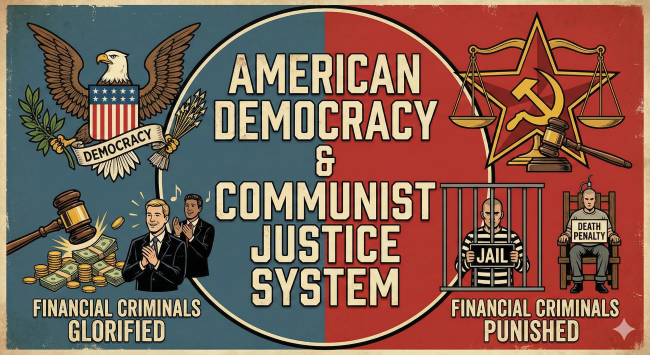
Is the Expansion of Executive Authority Becoming a Permanent...
For more than two centuries, American democracy has been defined by a system of checks and balances meant to prevent any branch of government from accumulating unilateral control. Yet over the past several decades—across Republican and Democratic administrations alike—the...
https://ubuntusafa.com/posts/422623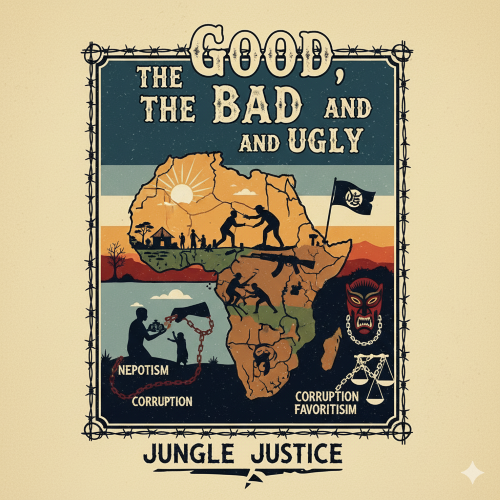
How can the killing of millions in Eastern Congo continue with...
The killing of millions in Eastern Congo continues with almost no meaningful intervention due to a complex web of diverging regional interests, the influence of the conflict mineral economy, severe institutional weaknesses of the African Union (AU) and Southern African Development Community...
https://ubuntusafa.com/posts/422622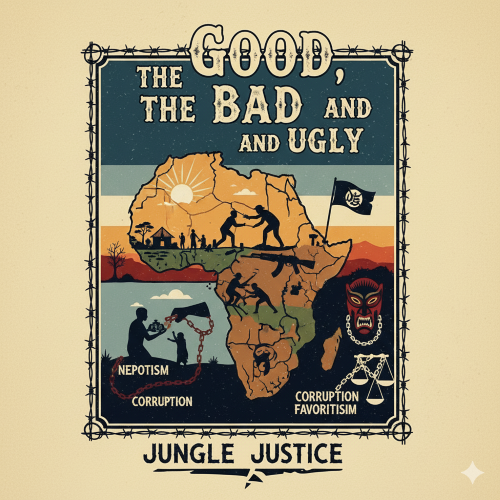
Why does the world ignore Sudan despite mass civilian killings,...
The catastrophe unfolding in Sudan, marked by mass civilian killings, widespread ethnic cleansing, and the world's largest displacement crisis—with over 12 million people displaced—is a humanitarian disaster of staggering proportions. The global community's muted response to this...
https://ubuntusafa.com/posts/422620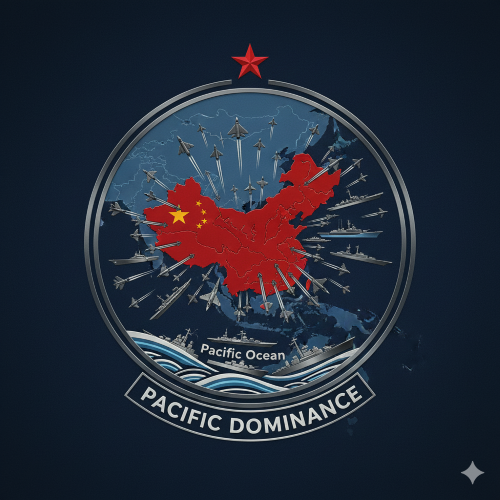
Why Does the World Stay Silent When China Bullies Asian Countries,...
When a small nation violates international norms—conducting a border provocation, threatening its neighbours, or defying maritime rules—the global reaction is almost immediate. Statements flood in from the United Nations, G7, NATO, and regional blocs. Sanctions are proposed. The...
https://ubuntusafa.com/posts/422616
Should countries collectively sue China for failing to immediately...
The COVID-19 pandemic, originating in Wuhan, China, in late 2019, became one of the deadliest and most economically disruptive events in modern history. Early evidence indicates that Chinese authorities delayed the disclosure of human-to-human transmission, censored whistleblowers, and...
https://ubuntusafa.com/posts/422612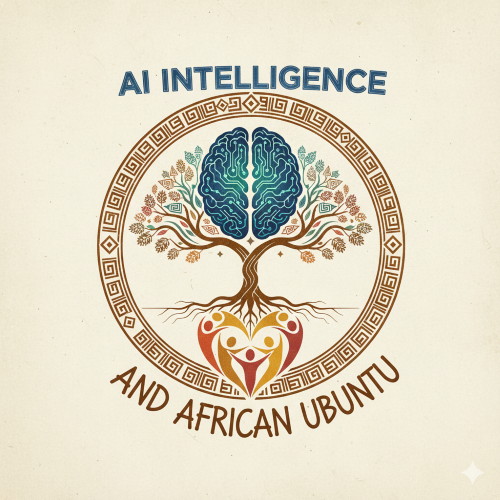
The future of remote work and the African talent revolution.
The Future of Remote Work and the African Talent Revolution- The global workforce is undergoing a profound transformation. Remote work, once a niche or luxury option, has become mainstream, accelerated by the COVID-19 pandemic and advancements in digital communication technologies. For...
https://ubuntusafa.com/posts/422611
Why do talented individuals often leave their home states or...
Tribalisim in African Politics- Why Talented Individuals Often Leave Their Home States or Countries Due to Ethnic Discrimination and Favoritism- Migration of talented individuals — often termed “brain drain” — has become a persistent challenge for many African...
https://ubuntusafa.com/posts/422609

